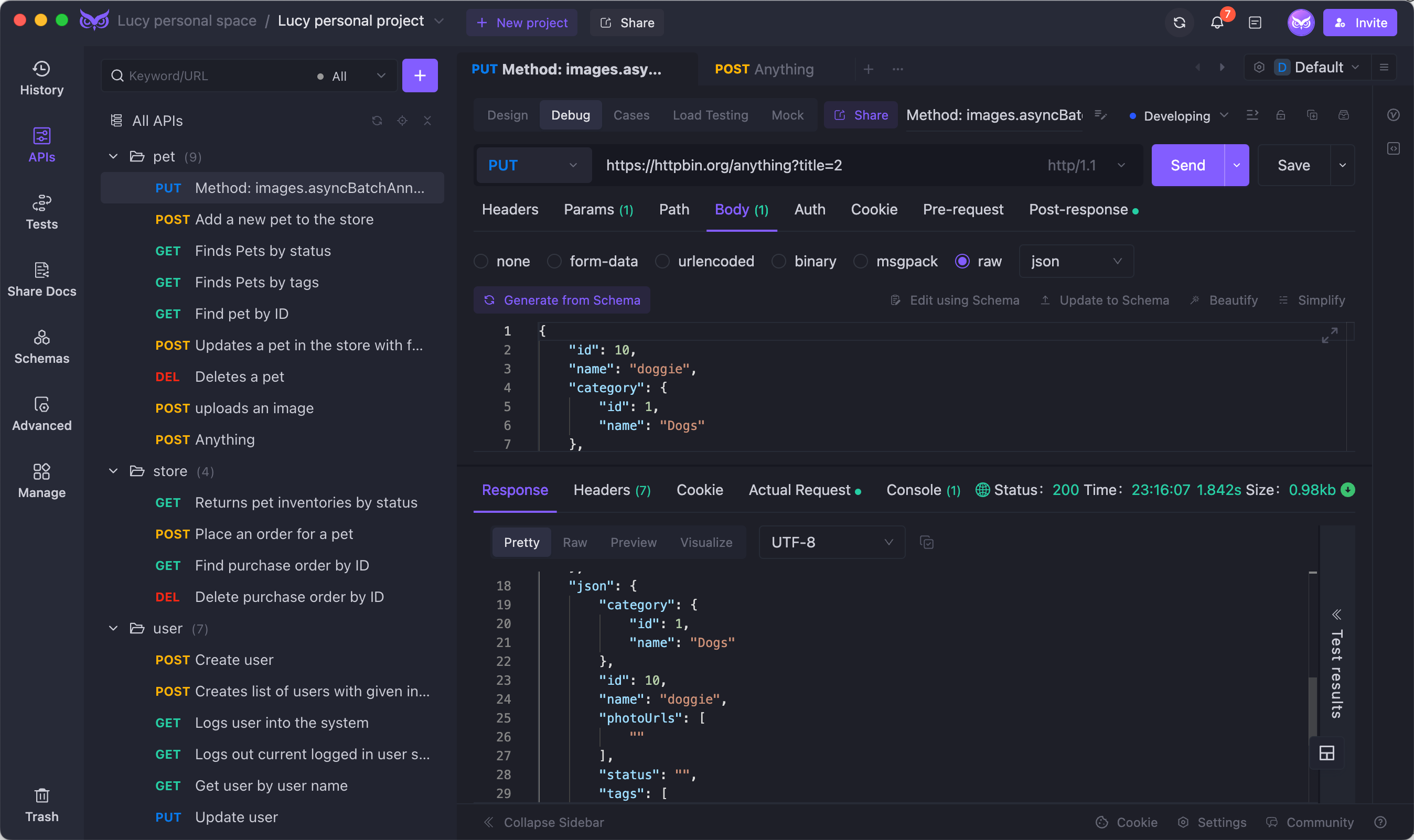Postman Proxy: Essential Multi-Purpose Tool for Developers
Introduction
Postman is a widely-used API development and testing tool that has empowered millions of developers around the globe. One of its standout features is the Postman Proxy, which captures and analyzes HTTP/HTTPS traffic between clients and servers. This feature is incredibly useful for debugging API integrations and discovering undocumented APIs.

What's Special About Postman Proxy?
Postman Proxy is a built-in feature that acts as an intermediary between clients (web browsers, mobile apps) and servers. It intercepts and captures HTTP/HTTPS requests and responses for thorough inspection and analysis.
Key Functions of Postman Proxy:
Request Capture: Intercepts client requests and shows the exact data being sent.
Response Inspection: Captures server responses, making it easier to analyze API data.
API Discovery: Helps locate undocumented APIs by monitoring traffic.
Debugging: Provides visibility into the request-response cycle for effective debugging.
Security Testing: Facilitates security assessments by intercepting and modifying requests.
How Postman Proxy Operates
The Postman Proxy functions by inserting itself between the client and server:
1. The Postman app listens for client calls.
2. Captures the request.
3. Forwards the request to the server.
4. The server processes and sends a response back to the proxy.
5. The proxy captures and forwards the response to the client.
6. Users can then view and analyze all requests and responses within Postman.
Setting Up Postman Proxy
To set up the Postman Proxy:
1. Open Postman and go to Settings.
2. Navigate to the Proxy tab.
3. Enable the Postman Proxy by toggling the switch.
4. Configure your client application or device to use the Postman Proxy (usually setting the proxy host to localhost and the port number specified in Postman).
For capturing HTTPS traffic, you need to:
1. Download the Postman Certificate Authority (CA) certificate.
2. Install the certificate on your client device or browser.
Use Cases for Postman Proxy
Debugging API Integrations: Verify the data exchanged and troubleshoot issues.
Documenting Undocumented APIs: Reverse-engineer API endpoints and create accurate documentation.
Testing Mobile Applications: Capture and scrutinize API calls from mobile apps.
Security Testing: Intercept and modify requests to test for vulnerabilities.
Limitations and Considerations
While powerful, the Postman Proxy has limitations:
HSTS Websites: May not work with sites that enforce HTTPS strictly.
Performance Impact: Can introduce latency affecting performance tests.
Privacy Concerns: All traffic passes through Postman, raising privacy concerns.
Certificate Management: Proper management of the Postman CA certificate is essential.
Best Practices for Postman Proxy
To maximize efficiency:
1. Use Selectively: Enable only when needed.
2. Organize Captured Requests: Use collections for easier analysis.
3. Combine with Other Features: Create tests, documentation, or mock servers from captured requests.
4. Be Mindful of Sensitive Data: Handle production systems and personal data with care.
5. Keep Postman Updated: Regularly update to benefit from bug fixes and improvements.
Unlock the Full Potential of Your API Development with EchoAPI

EchoAPI is an ultra-lightweight collaboration tool for API development, offering a Scratch Pad for swift, seamless coding. It's a fantastic alternative to Postman, equipped with an array of features like API design, debugging, automated testing, and load testing. EchoAPI’s integration with IntelliJ IDEA, VS Code, and a Chrome request capture extension makes it versatile and user-friendly.
Key Benefits of EchoAPI:
1. No Login Required: Start working instantly without the need for account setup.
2. Supports Scratch Pad: Perfect for quick notes and coding.
3. Ultra Lightweight: Minimal system resource usage.
4. 100% Compatible with Postman Script Syntax: Transition smoothly from Postman to EchoAPI.
Enhance Your API Development with EchoAPI
If Postman feels too heavy, EchoAPI might be just what you need. This low-code platform simplifies the entire API lifecycle.
Features of EchoAPI:
Build, test, mock, and document APIs in one place.
Test individual endpoints easily.
Add pre-processor and post-processor scripts effortlessly.
Import projects from Postman or other platforms quickly.
Conclusion
The Postman Proxy is an essential tool for API developers, providing deep insights into HTTP/HTTPS traffic for effective debugging, documentation, and testing. Despite its limitations, its ability to offer detailed visibility and control makes it invaluable.
On the other hand, EchoAPI offers a sleek, lightweight alternative with powerful features and seamless compatibility with Postman script syntax, making your API development journey even smoother.
Ready to streamline your API tasks? Dive into EchoAPI today and experience a transformative development process.
Try EchoAPI for VS Code today!